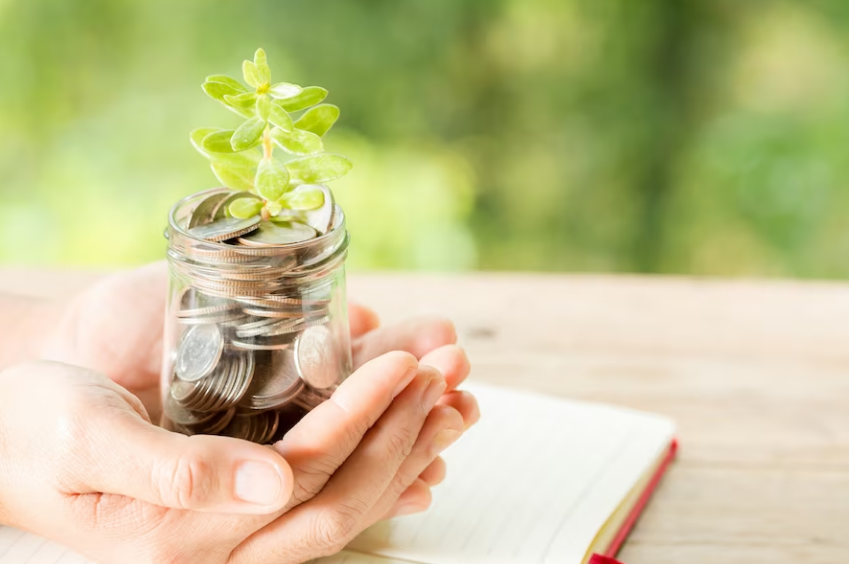In today’s world, adopting eco-friendly practices is not only beneficial for the environment but also for your wallet. Embracing sustainable living can lead to significant cost savings while reducing your ecological footprint. By making conscious choices and adopting eco-friendly habits, you can cut costs, save money, and contribute to a healthier planet. In this blog, we will explore various sustainable and budget-friendly ways to cut costs and save money.
1. Energy-Efficient Appliances
Investing in energy-efficient appliances can result in substantial long-term savings on your utility bills. Look for products with the ENERGY STAR label, which indicates high energy efficiency and lower energy consumption.
2. Unplug and Conserve
Reduce electricity usage by unplugging electronic devices and appliances when they are not in use. Even when turned off, many devices continue to consume energy in standby mode. Additionally, practice water conservation by fixing leaks and using water-saving fixtures.
3. Go Paperless
Eliminate paper waste and reduce expenses by opting for paperless billing and digital communication. Receive bills, statements, and documents electronically to minimize printing costs and postage fees.
4. Buy in Bulk
Purchase non-perishable items, such as cleaning supplies and pantry staples, in bulk. Buying in bulk reduces packaging waste and often comes with a lower cost per unit.
5. Embrace Secondhand Shopping
Explore thrift stores, consignment shops, and online marketplaces for secondhand treasures. Buying pre-loved items not only saves money but also reduces the demand for new products, minimizing resource consumption.
6. Reduce Food Waste
Plan meals, create shopping lists, and store food properly to minimize food waste. Be mindful of expiration dates and use leftovers creatively to reduce the need for additional grocery shopping.
7. Grow Your Own Produce
Start a small garden or grow herbs and vegetables on your windowsill. Growing your own produce reduces grocery expenses and provides you with fresh, organic options.
8. Utilize Public Transportation
Opt for public transportation, carpooling, biking, or walking instead of driving solo. This not only saves money on fuel and maintenance but also reduces greenhouse gas emissions.
9. Conserve Water
Install water-saving fixtures, collect rainwater for outdoor use, and water plants during cooler times of the day to minimize water consumption and lower your water bill.
10. DIY Cleaning Products
Create your own eco-friendly cleaning products using simple ingredients like vinegar, baking soda, and lemon. DIY cleaning solutions are cost-effective, non-toxic, and reduce the use of harmful chemicals.
11. Repair and Repurpose
Before discarding items, consider repairing or repurposing them. Extend the lifespan of your belongings by fixing minor issues, or get creative and transform old items into something new.
12. Use Energy-Saving Light Bulbs
Replace traditional incandescent bulbs with energy-saving LED or CFL bulbs. These bulbs consume less electricity and last much longer, resulting in lower utility bills and reduced waste.
13. Cancel Unused Subscriptions
Review your monthly subscriptions and cancel any that you no longer use or need. Eliminating unused subscriptions can save a significant amount over time.
14. Take Advantage of Local Parks and Free Activities
Explore local parks, nature trails, and free community events for entertainment. Enjoying nature and participating in community activities are not only budget-friendly but also foster a deeper connection with your surroundings.
15. Reduce Single-Use Items
Minimize the use of single-use items like plastic bags, disposable cutlery, and water bottles. Invest in reusable alternatives, such as cloth bags, stainless steel bottles, and reusable food containers.
Conclusion
Sustainable saving is about making mindful choices that benefit both your finances and the planet. By adopting eco-friendly practices, you can cut costs, save money, and contribute to a healthier environment. From conserving energy and water to reducing waste and embracing secondhand shopping, each step towards sustainable living brings you closer to a greener and more budget-friendly lifestyle.





